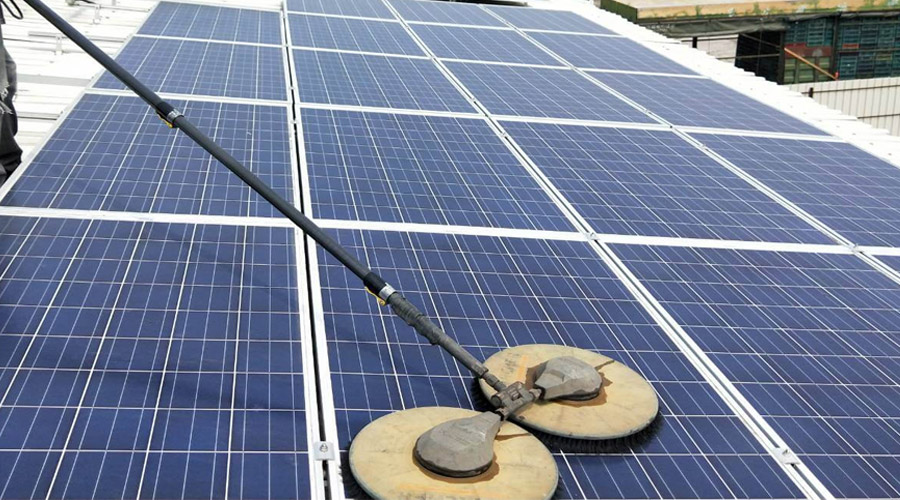The Union Ministry of Power has released the long-awaited net metering policy for rooftop solar installation rules under the Rights of Consumers Rules 2020. The new rules allow prosumers to get net metering for up to 500 kW or the sanctioned load, whichever is less, and gross metering for loads over 500 kW. The commission has implemented time-of-day tariffs to encourage consumers to install energy storage. They can use the stored solar energy or feed it into the grid at peak hours.
With the use of net metering, net-billing, or net feed-in, the distribution licensee may install a solar energy meter to measure the gross solar energy generated by the grid-connected rooftop solar system for the purpose of renewable energy purchase obligation (RPO) credit, if any. The commissions may also allow gross metering for prosumers who choose to sell all of their generated solar energy to the distribution licensee rather than using net metering, net billing, or net feed-in. The commission will determine the feed-in tariff for gross metering in accordance with tariff laws.
Net metering for rooftop solar installations was previously limited to one megawatt (MW) until the government considered further reducing it to 10 kW in December 2020.
Several industry experts argued that prohibiting net-metering above 10 kW would be detrimental to micro, small, and medium-sized businesses operating in the rooftop segment.
The Top 5 states with the highest number of installed rooftop solar capacities in India are Rajasthan, Maharashtra, Tamil Nadu, Karnataka, and Gujarat, making close to 50% of India’s total solar capacity. Know more about each state’s solar policy.
The arrangements for net-metering, gross-metering, net-billing or net feed-in shall be in accordance with the regulations made by the State Commission, from time to time.





